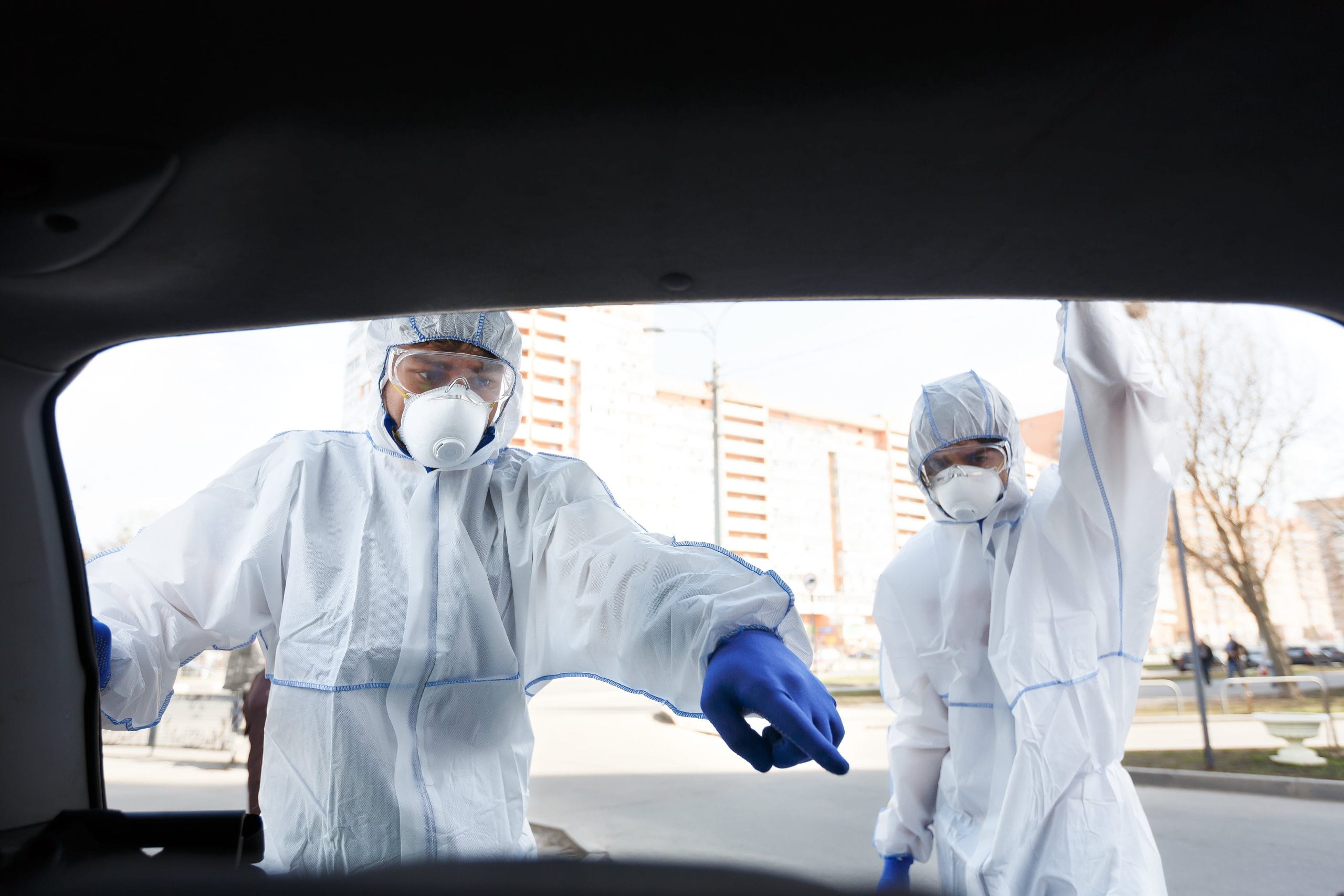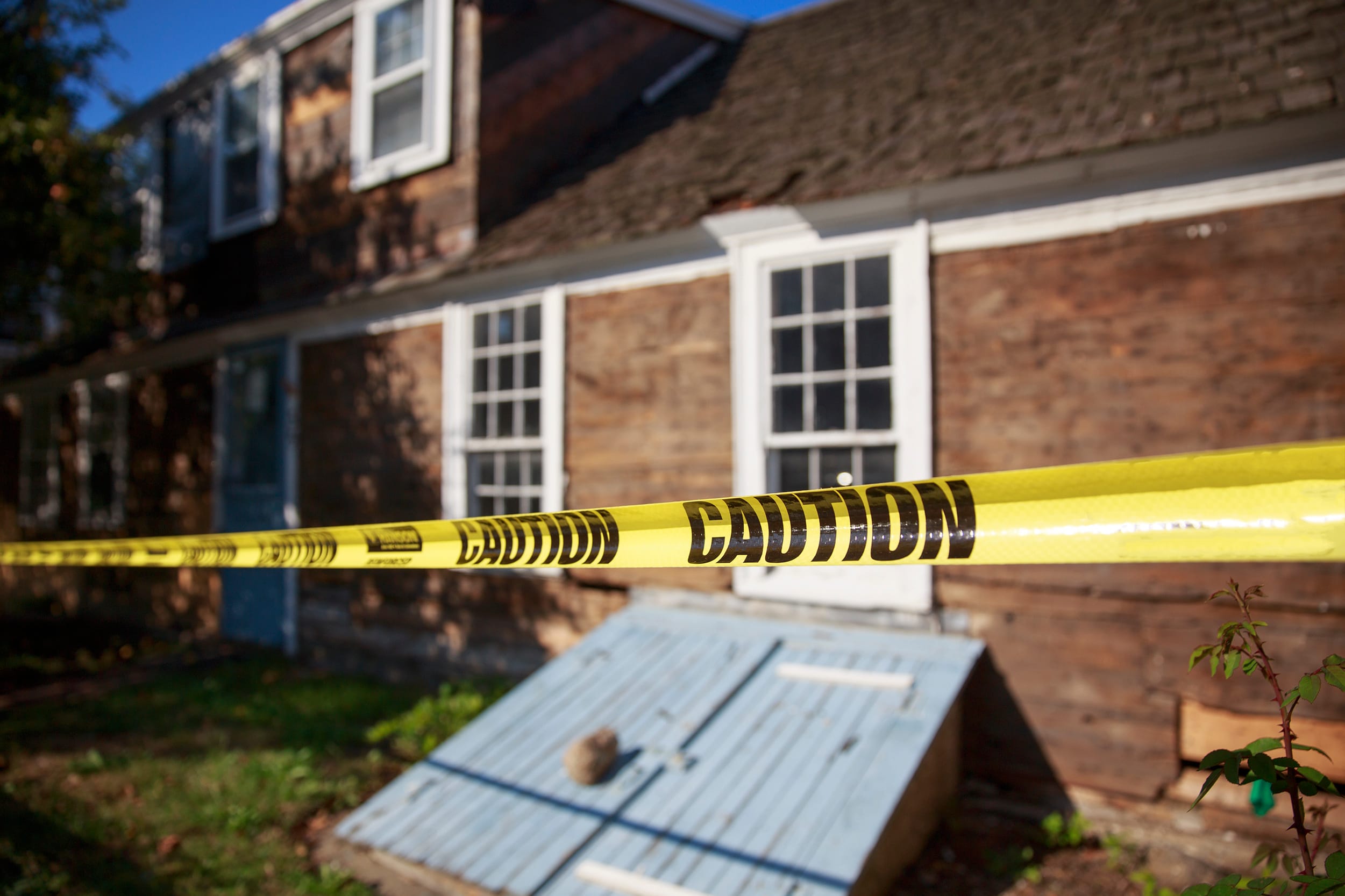Do you know how to properly handle a blood spill cleanup? Did you know that hepatitis B can live on surfaces for up to one week? Hepatitis B is also 100 times more infectious than HIV/AIDS. Accidents or crimes can happen anywhere and cause blood spills. Thus, its vital to understand how to protect yourself from getting a blood-borne illness. Keep reading to learn the proper method for how to clean up blood spills.
What Are Blood-borne Illnesses?
Blood-borne pathogens describe the infectious microorganisms carried in human blood. Certain body fluids also contain blood and disease-causing bacteria or viruses. Examples of blood-borne illnesses include:
- Brucellosis
- Hepatitis B (HBV)
- Hepatitis C (HBC)
- Human Immunodeficiency Virus (HIV)
- Malaria
- Syphilis
HBV, HBC, and HIV represent the highest exposure risk. Individuals with the greatest risk include healthcare workers, housekeeping, and first responders.
Theyre more likely to come in contact with blood spills on a daily basis. Yet, those in athletics and other activities can also be at risk.
Dangers of Blood Spills
Its important to remember that many body fluids contain bloodborne pathogens. These include:
- Amniotic fluid
- Cerebrospinal fluid
- Peritoneal fluid
- Pleural fluid
- Saliva
- Semen
- Synovial fluid
- Vaginal fluids
This means that if blood or body fluid remains on a surface, they can transmit disease. If you touch the fluid and then touch your mouth, nose, eyes, or a break in your skin, you can contract an infection. For some pathogens, this risk lasts even after the fluid dries.
What You Need to Know About Blood Spill Cleanup
Cleaning up blood requires special precautions to reduce the risk of pathogen exposure. You need proper cleaning products and equipment to contain and disinfect the area. Individuals involved in the clean-up must know and follow safety procedures. The first step in cleaning blood spills is donning personal protective equipment (PPE). Youll also need effective chemicals and materials for containment, disinfection, and decontamination.
The supplies and equipment needed depends on the size of the spill. This may include the following:
- Approved leak-proof sharps containers
- Biohazard bags
- Biohazard labels
- Broad-spectrum bactericidal and virucidal disinfectants
- Disinfecting wipes
- Disposable cloth towels
- Disposable gloves
- Disposable gowns
Depending on the nature of the spill and the materials in the spill you may need additional items. These may include tongs, forceps, broom, brush, dustpan, or other specific tools.
Individuals conducting the cleaning must always wash their hands before and after cleaning. If other parts of their body come in contact with the blood, they must also be thoroughly cleansed. Its important to always wear the appropriate PPE during this process.
Basic Steps for Cleaning Blood Spills
The Occupational Safety and Health Administration (OSHA) focuses on preventing hazardous events. They also emphasize the importance of having a plan to respond to hazard events. While prevention is the goal, everyone must also know what to do when a spill occurs.
Establish Prevention Protocols
All biohazard risk plans begin with prevention. The goal is to never have to proceed past this step.
Thus, companies should train the staff in the proper handling of blood and body fluids. They must adhere to prescribed PPE precautions when involved in at-risk activities.
Procedure for Managing a Spill
If a blood spill occurs, a quick assessment of the severity of the spill determines the next steps. If the spill is small, the employee should follow established protocols. Wear the proper PPE and use tools to remove sharp objects to prevent cuts and exposure. Place needles, broken glass, or other items that may cause punctures in a sharps container.
For large spills, a cleanup team provides expertise in containing the spill. They also have more specialized equipment for removing items within the contaminated area.
Blood Spill Cleanup
After containment and removal of hazardous materials, its time to clean the blood spill. Use disposable cloths to soak up as much blood as possible. All items contaminated with blood must be directly placed into a biohazard bag. Never put blood-soaked items in another place. You will then have more areas that need cleaning.
Disinfecting the Area
Once youve removed the blood and dried the area, the next step is disinfection. Disinfectants work best on dry areas since wet surfaces dilute the solution. Be sure to use products that have labels stating they kill bacteria and viruses.
Disposing of Contaminated Materials
As you clean, place all disposable materials directly into a labeled biohazard bags. OSHA provides specific instructions for labeling all biohazardous containers. All reusable items require decontamination by soaking in a broad-spectrum disinfectant.
Sanitizing the Area
The final step in the process is sanitization. Chemicals designated for this step have a specified concentration to achieve the final step in removing pathogens. For many products, after you apply the solution you must leave it in place for a specified time. Once this time has passed, begin scrubbing from the outside and work toward the center.
Do You Need Professional Hazardous Cleaning Services?
Proper blood spill cleanup reduces the risk of exposure to blood-borne pathogens. If youre looking for help with large, hazardous cleaning, Spaulding Decon is ready. Weve been serving our community since 2005. Our staff uses proprietary cleaning products and state-of-the-art tools. We work with businesses and homeowners to remove hazards. Spaulding Decon cleans crime, meth labs, tear gas, and fentanyl scenes.
We also offer COVID-19 and other viral disinfection. If you need hoarding cleanup or mold and water remediation, our teams ready. We are the Last Responders.





